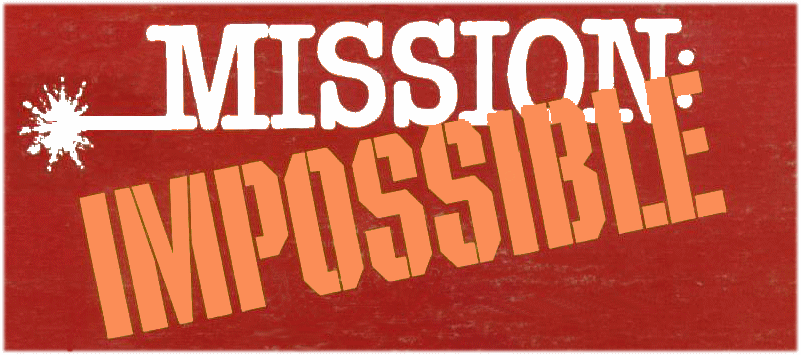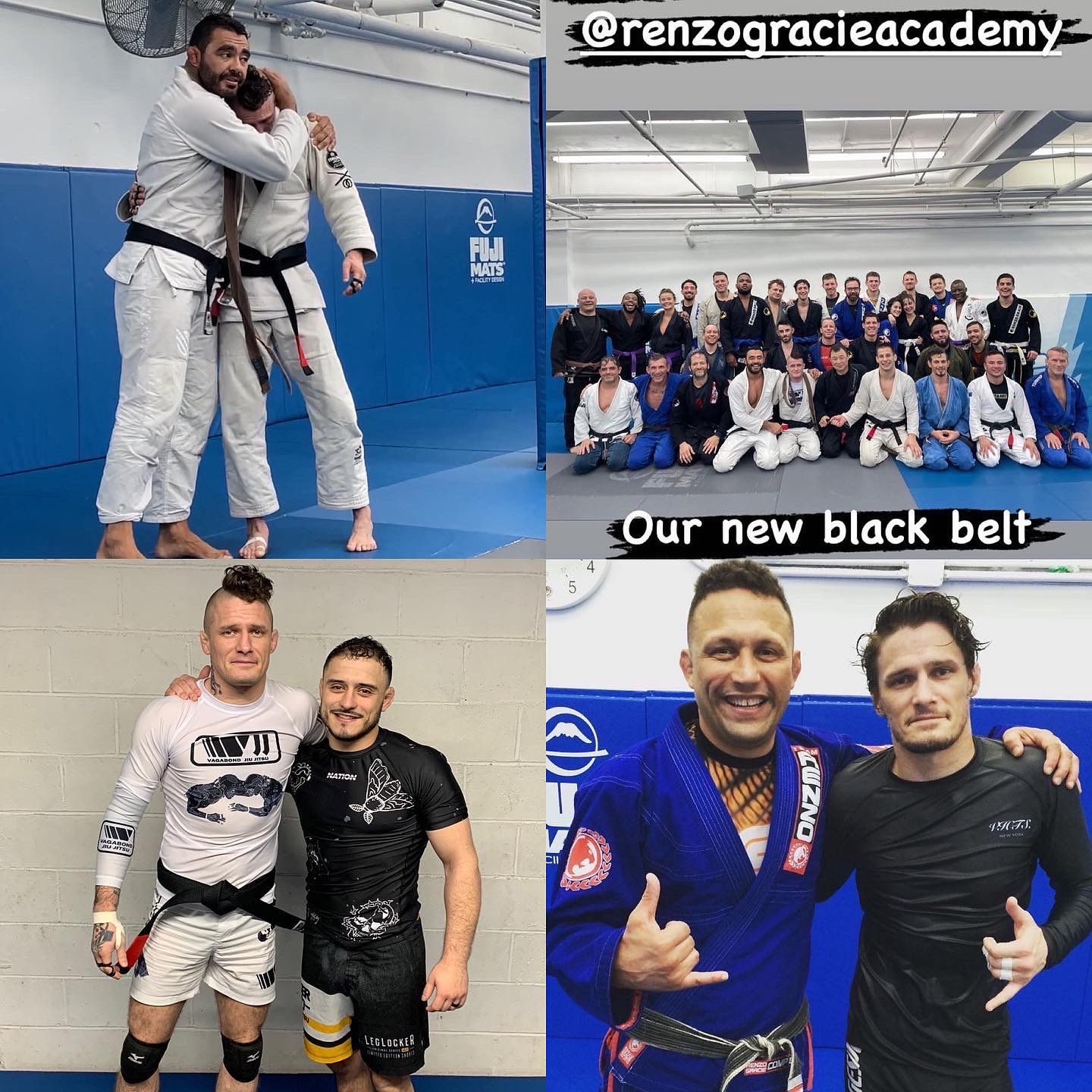 So....the time has come.
So....the time has come. I have never understood nor felt comfortable going for the omoplata. Even when it's available, honestly, I do something else because I simply don't get the position, the nuances, and I do not have the feel.
 |
| Your Omoplata sucks. |
But like shooting free throws, if you only shoot one a day, you'll never get better at an omoplata if you only shoot one at your training partners/opponents/whoever.
A big part of learning for me, is knowing that I begin with white and blue belts in trying to implement my new area of learning. So for example, I'll begin by pulling guard or half-guard and then looking to set up the omoplata in only 1 or 2 ways. Anything more complicated than that, and I'll do one or both of them poorly.
I also accept going into training that "winning" today in training will simply be going for the set up(s) that I've chosen. Every failed omoplata set up, or every failed transition is simply one step closer to a better omoplata. For some people (Not me), things may seem to come naturally. I'm an incremental learner. There's the old adage that Edison tried 10,000 variations for the light bulb before it worked.
Well, interestingly enough, Outliers by Malcolm Gladwell, and other research by Ericcson suggests 10 years or 10,000 hours of study for mastery.
How many omoplatas have you tried or drilled or attempted? My number is low, probably less than a hundred in all my years of training.
Dedicated or deliberate practice requires that I specifically hunt for the omoplata, be cognizant of it, and attempt to be aware of where/when it fits into the live action of rolling. I may attempt to force it when it is not there, and I may see it pre-emptively or late because my partner will not necessarily know that its what I'm working on.
 |
| Your Omoplata still sucks |
Another important part of skill acquisition for me is watching footage and seeing the various angles from which the omoplata can be found, seen, or set up. That is to say, the angle and common elements of an omoplata. Essentially, the backside of my calf/thigh will be chopping into/meeting my opponenet's armpit. From that general viewpoint, the omoplata seems less complicated, theoretically, or conceptually than trying to remember the 14 points of however many of a good omoplata.
And Michael Lieira Jr. showing his omoplata set up from the 2014 Worlds.
Otavio Sousa has a mean omoplata set-up to an armlock that has finished a number of black belts and put the likes of Leandro Lo in deep trouble:


No comments:
Post a Comment